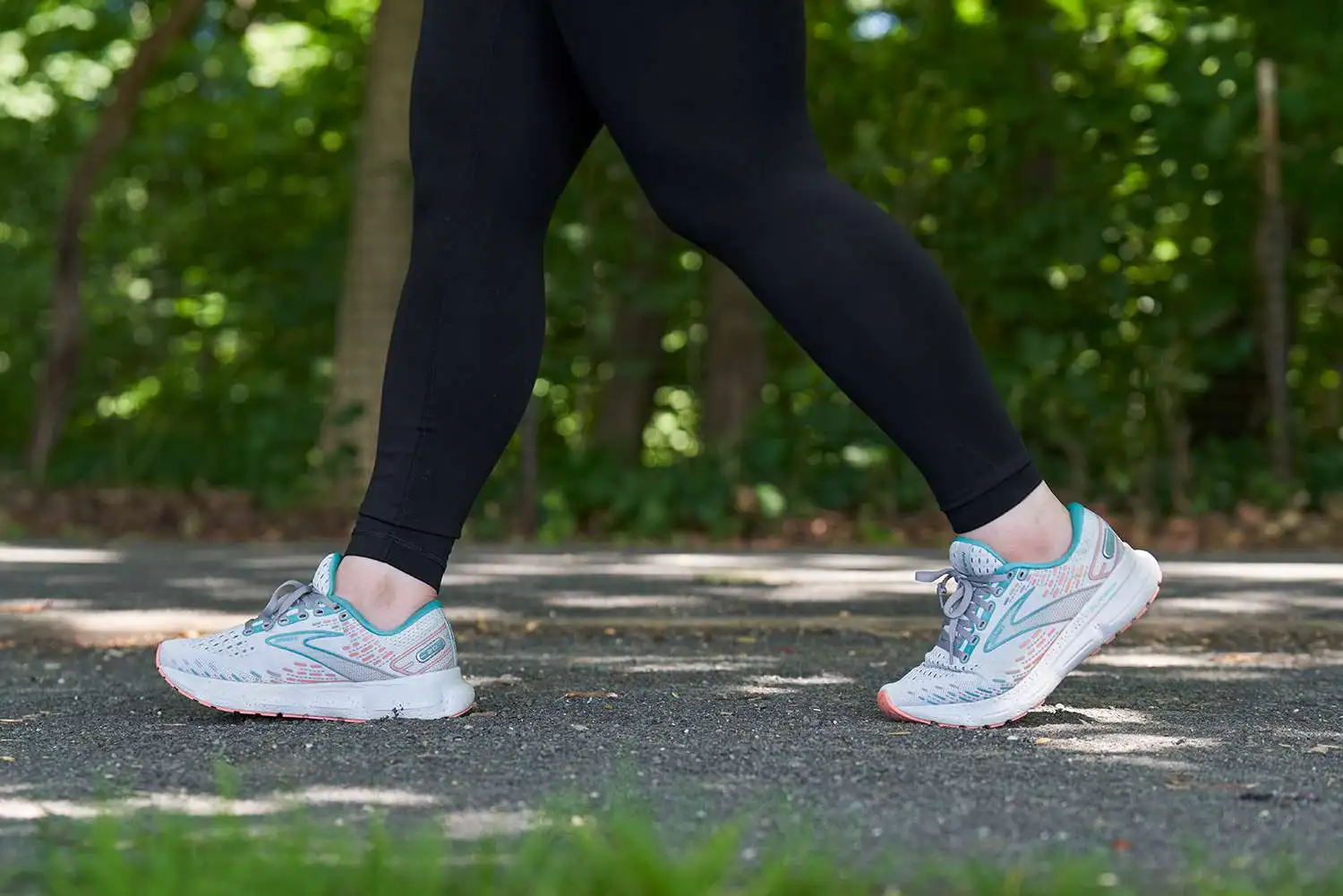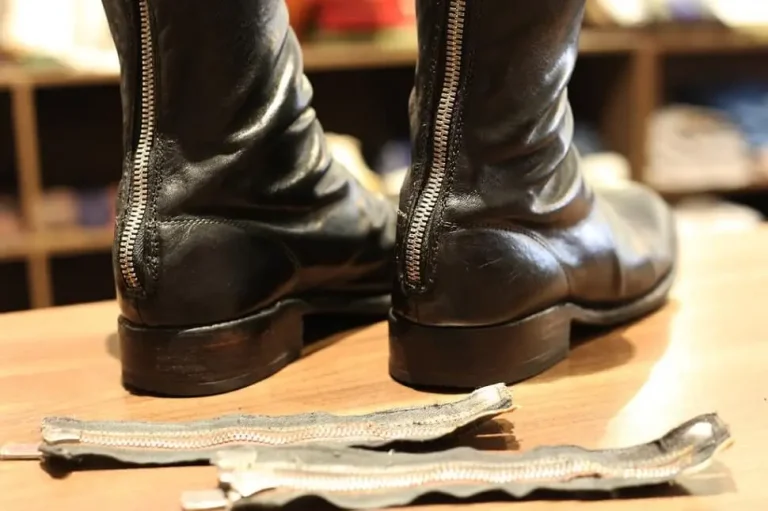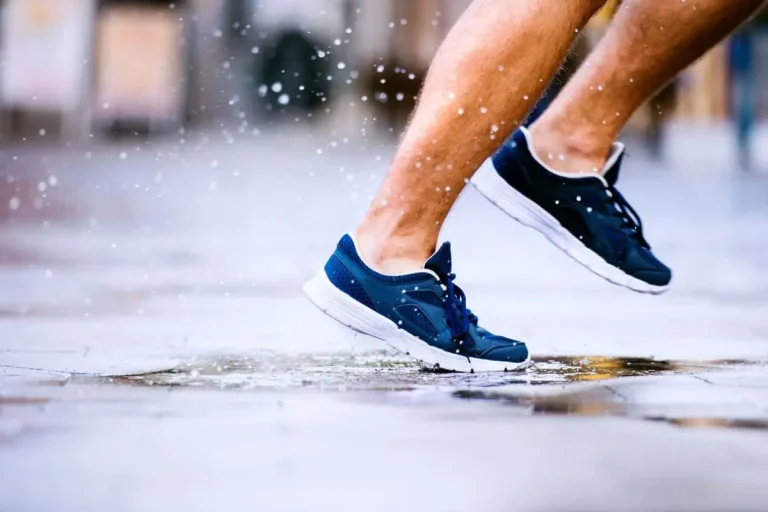How Many Miles Are Walking Shoes Good?
Walking shoes are essential for maintaining foot health and comfort during walks or daily activities. However, like any other footwear, walking shoes have a limited lifespan. Understanding how many miles walking shoes are good for is crucial for ensuring optimal performance and preventing discomfort or injuries.
In this blog post, we will explore the factors that influence the lifespan of walking shoes and provide guidelines for determining when it’s time to replace them.
We will also discuss signs of wear and tear to look out for and offer tips on how to extend the lifespan of your walking shoes.
By following these guidelines, you can make informed decisions about when to replace your walking shoes, ensuring that you have the right support and cushioning for your feet.
Let’s dive in and discover how to get the most out of your walking shoes!
What is a walking shoe’s life span?
To make the most of your walking shoes, it’s important to understand their lifespan. This refers to how long they can provide the necessary support and cushioning for your feet.
Here, we will explore the average lifespan of walking shoes and the factors that can affect it.
The average lifespan of walking shoes can vary depending on several factors.
These include how often you use them, the type of surface you walk on, your walking style, and the quality and construction of the shoes.
If you walk frequently, your shoes may wear out faster compared to someone who walks occasionally.
Walking on rough or uneven surfaces can also contribute to quicker wear and tear.
In addition, your walking style, such as how your feet strike the ground, can impact the lifespan of your shoes.

By understanding these factors, you can better gauge the lifespan of your walking shoes and make informed decisions about when it’s time to replace them. In the next section, we will discuss the signs of wear and tear to look out for.
Read More: Can Running Shoes Be Used For Walking?
Read More: How To Take Care Of Sports Shoes?
The 500-Mile Limit
How many miles do walking shoes last? The answer to this question is that one commonly cited guideline for walking shoe lifespan is the 500-mile limit. It suggests that walking shoes should be replaced after approximately 500 miles of use.
However, it’s important to note that this is just a general estimate and may not apply to everyone.
The 500-mile limit is based on the assumption that walking shoes start to lose their cushioning and support after this distance.
This can lead to discomfort and an increased risk of foot injuries. However, it’s essential to consider individual factors such as body weight, walking style, and the condition of the shoes.
Some people may need to replace their walking shoes before reaching 500 miles if they experience noticeable wear and tear or if the shoes no longer provide adequate support.
On the other hand, individuals who are lighter or have a more efficient walking style may find that their shoes last longer.

Remember, the 500-mile limit is a general guideline, and it’s important to assess your shoes regularly and replace them when necessary to ensure optimal comfort and support for your feet.
Signs of Wear and Tear
As you use your walking shoes, they will naturally experience wear and tear. It’s important to be aware of the signs that indicate your shoes may need to be replaced.
Here are some common signs of wear and tear to look out for:
1) Outsole wear
Check the bottom of your shoes for signs of excessive wear on the outsole.
If the treads have worn down significantly or there are visible bald spots, it can affect traction and stability.
2) Midsole compression
The midsole of your walking shoes provides cushioning and support. Over time, it can compress and lose its ability to absorb shock.
If you notice that the midsole feels flat or less cushioned, it may be a sign that your shoes need to be replaced.
3) Upper deterioration
Inspect the upper part of your shoes for any signs of damage or deterioration. This includes fraying, holes, or separation of materials.
If the upper is no longer providing proper support or protection, it’s time to consider getting new shoes.
4) Insole breakdown
The insole is the removable cushioning layer inside your shoes. If it becomes worn out, flattened, or loses its shape, it can affect comfort and support.
Consider replacing the insoles or the entire shoe if the insole shows signs of breakdown.
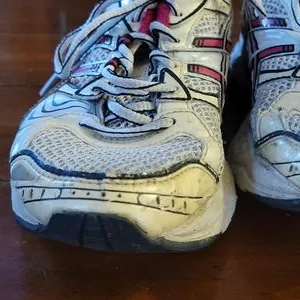
Remember, these signs of wear and tear can vary depending on factors like the quality of the shoes and your walking habits.
Regularly inspecting your shoes and addressing any noticeable wear can help prevent discomfort and potential foot problems.
When in doubt, consult with a professional shoe fitter or podiatrist for an expert assessment.
Extending the Lifespan of Walking Shoes
While walking shoes have a limited lifespan, there are steps you can take to extend their longevity.
By practicing proper care and maintenance, you can maximize the performance and durability of your shoes.
Here are some tips to help you extend the lifespan of your walking shoes:
1) Proper cleaning and maintenance
Regularly clean your walking shoes to remove dirt, debris, and sweat. Use a soft brush or cloth to gently scrub the upper and outsole.
Avoid using harsh chemicals that can damage the materials. Allow your shoes to air dry thoroughly before wearing them again.
2) Rotate your shoes
Alternating between multiple pairs of walking shoes can help distribute the wear and tear more evenly. This allows each pair to have time to recover and regain their cushioning and support. Consider having at least two pairs of walking shoes and switching them every other day or as needed.
3) Use shoe inserts or insoles
Adding supportive inserts or insoles can help reduce the impact on your shoes’ midsole and provide extra cushioning.
These inserts can be replaced separately, extending the life of your shoes. Choose inserts that are designed for walking or consult with a podiatrist for personalized recommendations.
4) Avoid extreme conditions
Exposing your walking shoes to extreme heat, cold, or moisture can accelerate their deterioration.
Avoid leaving them in direct sunlight, near heaters, or in damp environments for prolonged periods. Store them in a cool, dry place when not in use.
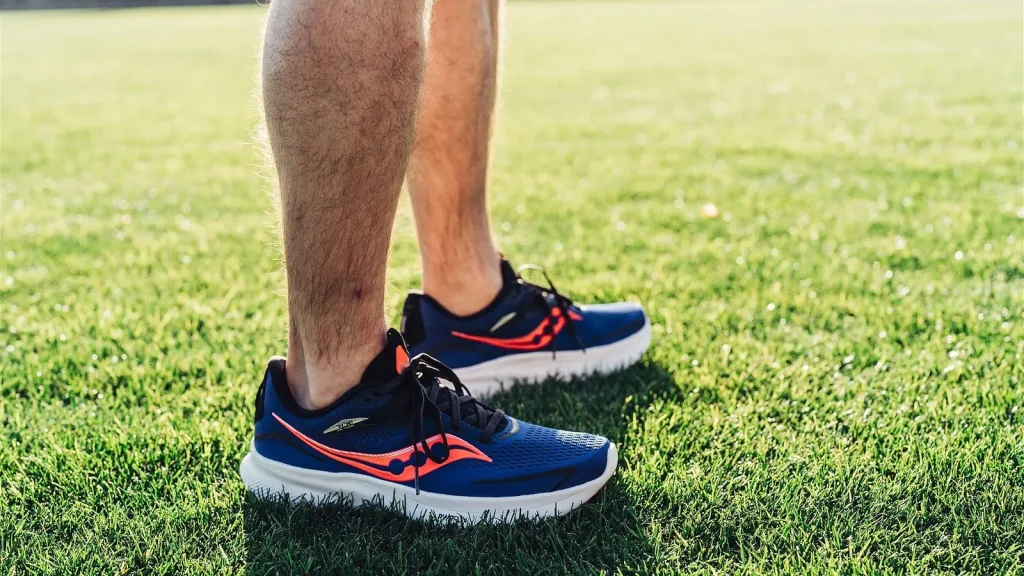
By following these tips, you can help prolong the lifespan of your walking shoes and ensure they continue to provide the necessary support and comfort for your feet.
However, it’s important to remember that, even with proper care, shoes will eventually wear out and need to be replaced.
Regularly assess the condition of your shoes and listen to your body for any signs of discomfort or reduced support.
When to Replace Walking Shoes
Knowing when to replace your walking shoes is essential for maintaining foot health and preventing discomfort or injuries.
While the lifespan of walking shoes can vary, here are some general guidelines to help you determine when it’s time to replace them:
Mile age
As mentioned earlier, a commonly used guideline is to replace walking shoes after approximately 500 miles of use.
However, this can vary depending on factors such as your body weight, walking style, and the condition of the shoes.
If you notice significant wear and tear or reduced support before reaching 500 miles, consider replacing your shoes earlier.
Signs of wear and tear
Regularly inspect your walking shoes for signs of wear and tear.
Look for excessive outsole wear, compressed midsoles, deteriorated uppers, or breakdown of the insoles.
If you notice any of these signs, it’s a good indication that your shoes may need to be replaced.
Discomfort or pain
Pay attention to any discomfort or pain you experience while wearing your walking shoes.
If you notice increased foot fatigue, joint pain, or a lack of support, it may be a sign that your shoes are no longer providing adequate cushioning or stability.
In such cases, it’s advisable to consider getting new shoes.
Professional assessment
If you’re unsure about the condition of your walking shoes, consider seeking a professional assessment.
A shoe fitter or podiatrist can evaluate the wear patterns, cushioning, and support of your shoes and provide expert advice on whether it’s time for a replacement.
Remember, it’s better to err on the side of caution and replace your walking shoes sooner rather than later.
Worn-out shoes can lead to discomfort, foot problems, and an increased risk of injuries.
Investing in a new pair of walking shoes will ensure that you have the necessary support and cushioning for your feet, allowing you to continue walking comfortably and safely.
Related To: How To Cover A Shoe With Fabric
Conclusion
Investing in a quality pair of walking shoes is essential for maintaining foot health and comfort during walks or daily activities.
Understanding the lifespan of walking shoes and knowing when to replace them is crucial for optimal performance and preventing discomfort or injuries.
While the 500-mile limit is a general guideline, it’s important to consider individual factors such as body weight, walking style, and the condition of the shoes.

